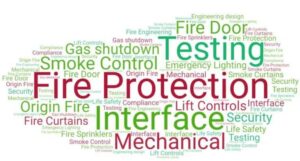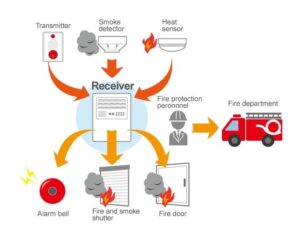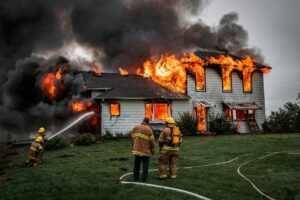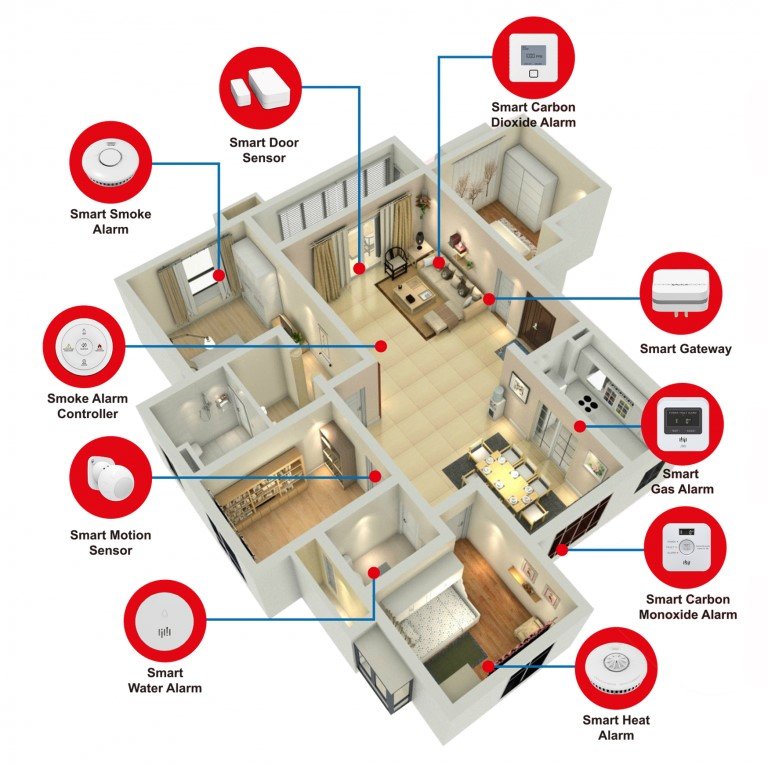Introduction to integrated
In today’s rapidly evolving world, where safety and security are paramount concerns, integrated fire protection systems stand as stalwarts guarding against the threat of devastating fires. But what exactly do we mean by “integrated fire protection systems”? Imagine a symphony where every instrument plays its unique part to create harmony. Similarly, integrated fire protection systems orchestrate a seamless ensemble of technologies and strategies to detect, mitigate, and manage fire risks comprehensively. It’s not just a singular solution but a cohesive network of elements working in tandem to safeguard lives, property, and assets.
At its core, integrated fire protection systems encompass a myriad of components, ranging from traditional fire alarms and sprinklers to cutting-edge technologies like smoke detectors, heat sensors, and even intelligent control systems. These systems are not soloed entities; rather, they integrate seamlessly with building infrastructure, employing sophisticated algorithms to monitor environments and respond swiftly to any detected threats.
Picture a scenario in a bustling office building. A small electrical fault sparks a fire in a remote corner. Before panic ensues, integrated fire protection systems spring into action. Smoke detectors sense the faintest whiff of smoke, triggering alarms while simultaneously alerting the central control panel. Meanwhile, sprinkler systems activate precisely where needed, dousing the flames before they escalate.
But the brilliance of integrated fire protection systems extends beyond mere detection and suppression. They’re equipped with advanced features like remote monitoring and control, enabling real-time oversight of fire safety measures across sprawling campuses or multiple facilities. This interconnectedness enhances responsiveness, allowing authorities to coordinate evacuations, deploy resources, and manage emergencies with unparalleled efficiency.

The most intelligent answer to fire hazard
An integrated fire protection system combines a diverse array of tools and tactics, seamlessly interwoven to create a comprehensive defense against fire hazards. The components that make up this powerhouse of fire safety? Think of it as a toolbox brimming with sophisticated gadgets:
Fire Alarms: These are the frontline warriors, instantly detecting the faintest hint of smoke or heat. Whether it’s traditional smoke detectors or advanced flame detectors, they serve as the eyes and ears of the system, alerting occupants and authorities at the first sign of trouble.
Suppression Systems: Beyond detection, integrated systems are armed with suppression mechanisms like sprinklers, gas-based extinguishing agents, or foam systems. When activated, they swiftly quench the flames, preventing their spread and minimizing damage.
Emergency Lighting and Signage: In the chaos of a fire emergency, visibility is paramount. Integrated systems incorporate emergency lighting and signage, guiding occupants to safety routes and ensuring clear pathways for evacuation.
Intelligent Control Panels: Acting as the brain of the operation, these panels oversee the entire system, coordinating responses and relaying crucial information to stakeholders. They’re equipped with intuitive interfaces and analytics capabilities, enabling real-time monitoring and decision-making.
Remote Monitoring and Communication: In today’s interconnected world, integrated systems leverage technology to enable remote monitoring and communication. Whether it’s through mobile apps or cloud-based platforms, authorities can keep a vigilant eye on fire safety measures from anywhere, anytime.

Now, imagine a bustling commercial complex, teeming with activity. Suddenly, a spark ignites in a storage room, unnoticed by human eyes. But not by the vigilant sensors of the integrated fire protection system. Smoke detectors swiftly pick up the anomaly, triggering alarms that echo through the building. Simultaneously, the control panel springs into action, analyzing data from various sensors to pinpoint the exact location of the fire. In a matter of seconds, sprinklers activate in the affected area, dousing the flames while emergency lighting guides occupants to designated evacuation routes.
But the system doesn’t stop there. It sends alerts to authorities, providing vital information about the situation and facilitating coordinated responses. Meanwhile, remote monitoring enables off-site personnel to assess the situation in real time, offering guidance and support as needed.

Financial benefits: Integrated fire protection systems not only provide invaluable safety benefits but can also yield significant financial advantages for businesses and homeowners alike. Reduction in property damage by mitigating losses, businesses can avoid costly repairs or replacements, ultimately safeguarding their bottom line. Insurance companies often offer reduced premiums to properties equipped with robust fire protection systems. Integrated systems demonstrate a commitment to risk mitigation, which insurers view favorably.
By investing in comprehensive fire protection measures, businesses and homeowners can qualify for lower insurance rates, leading to long-term cost savings.
Many jurisdictions have stringent fire safety regulations in place, mandating the installation of certain fire protection systems in commercial and residential properties. Failure to comply with these regulations can result in hefty fines and penalties. In the event of a fire, the disruption to business operations can be severe, leading to downtime, lost revenue, and decreased productivity. Integrated fire protection systems help minimize the impact of fires by facilitating swift evacuation, containing damage, and enabling faster recovery.
Properties equipped with state-of-the-art fire protection systems command higher market value and rental rates. Prospective buyers and tenants are attracted to properties that prioritize safety and security, viewing them as desirable investments. Again, beyond direct property damage, fires can result in significant business interruption costs, including lost sales, customer dissatisfaction, and reputational damage. Integrated fire protection systems help minimize the risk of fires and their associated disruptions, thereby safeguarding businesses from the financial fallout of prolonged downtime and loss of customer trust.

So in the end, the integration of fire safety systems into smart homes represents a significant advancement in residential safety and peace of mind. By seamlessly blending cutting-edge technology with essential fire protection measures, these systems offer a myriad of benefits that extend far beyond mere detection and suppression. While the allure of smart home technology is undeniable, it’s essential not to overlook the importance of fire safety but when it comes to protecting what matters most, there’s no substitute for preparedness and vigilance.





